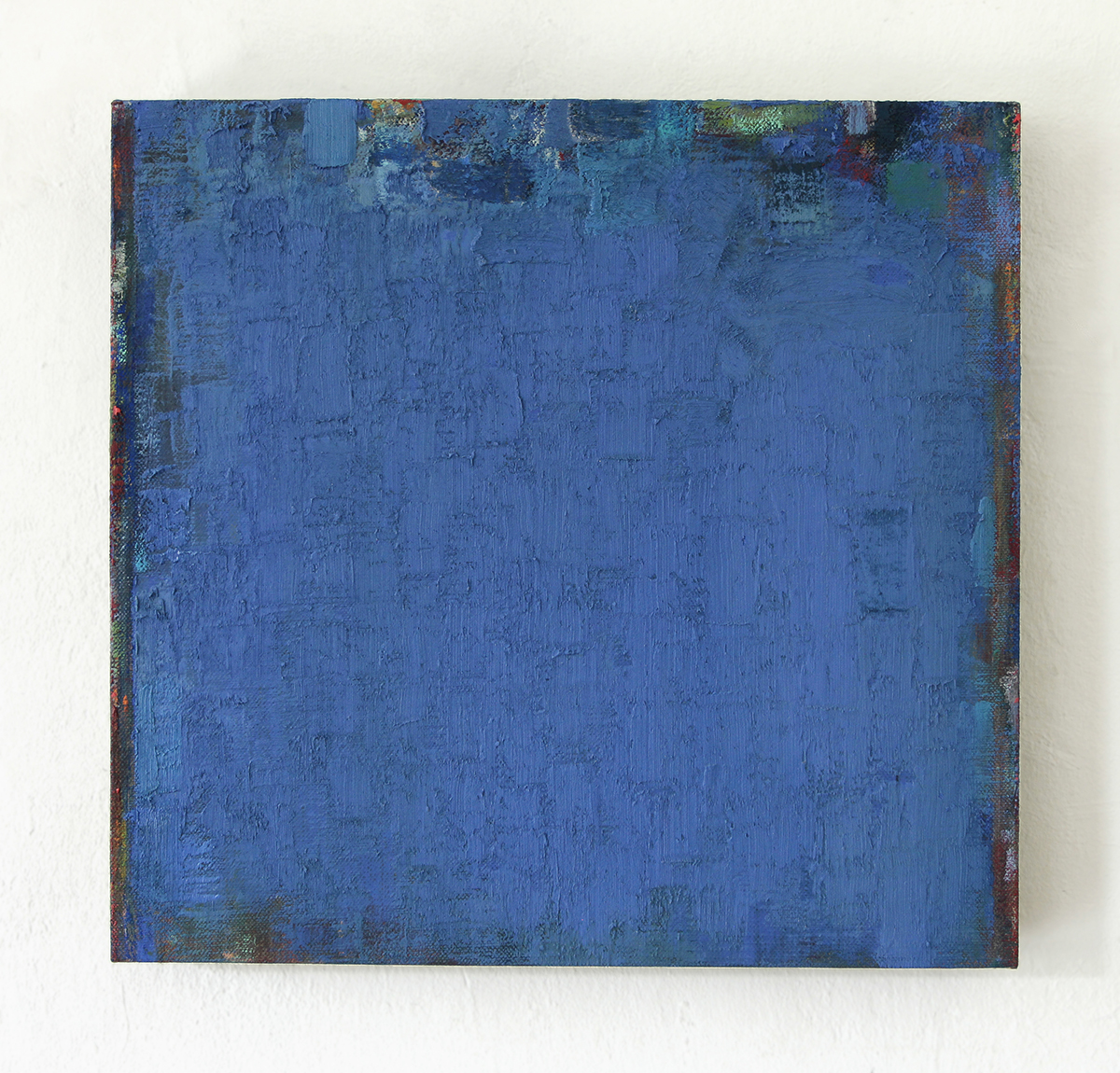
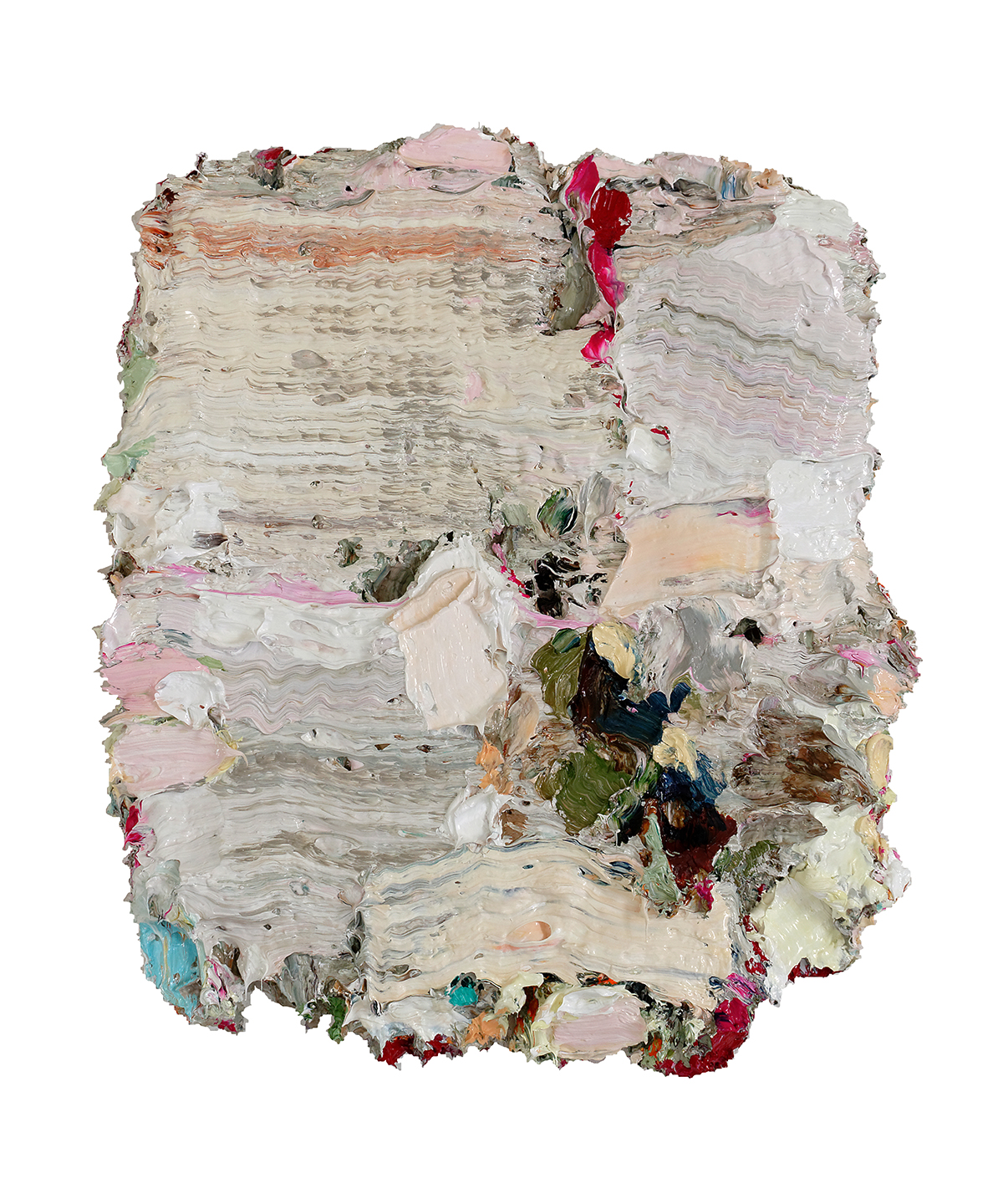
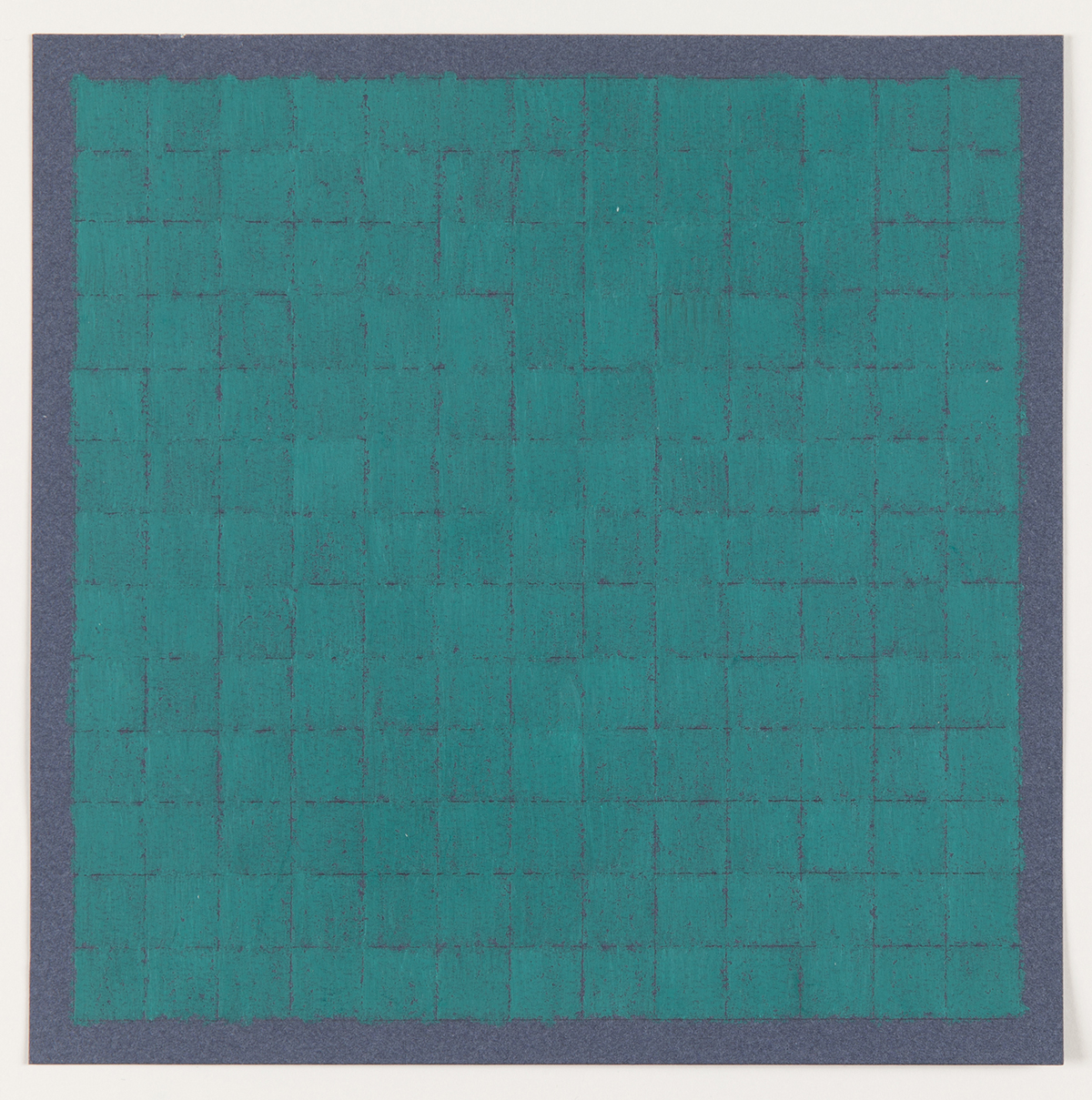
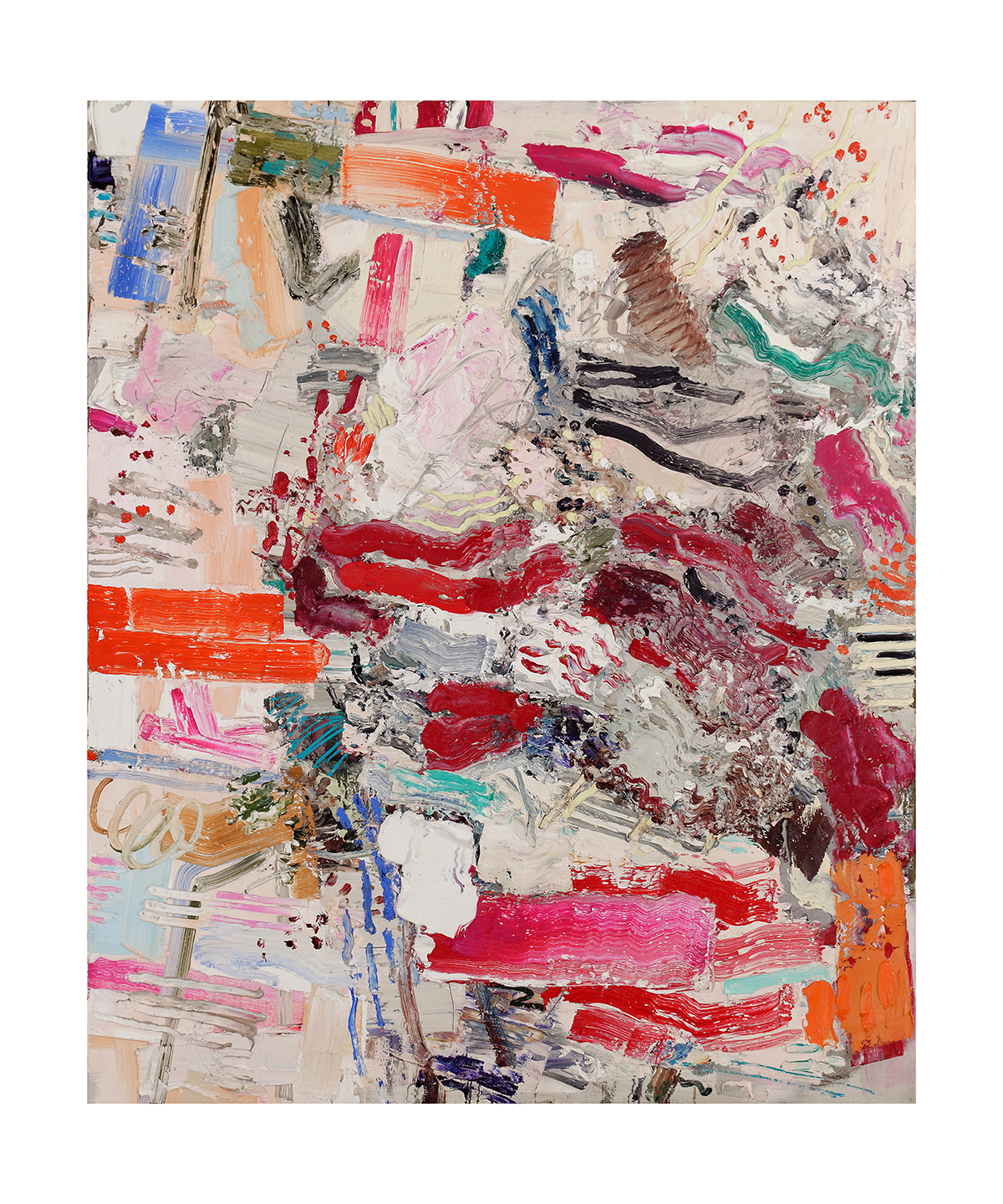
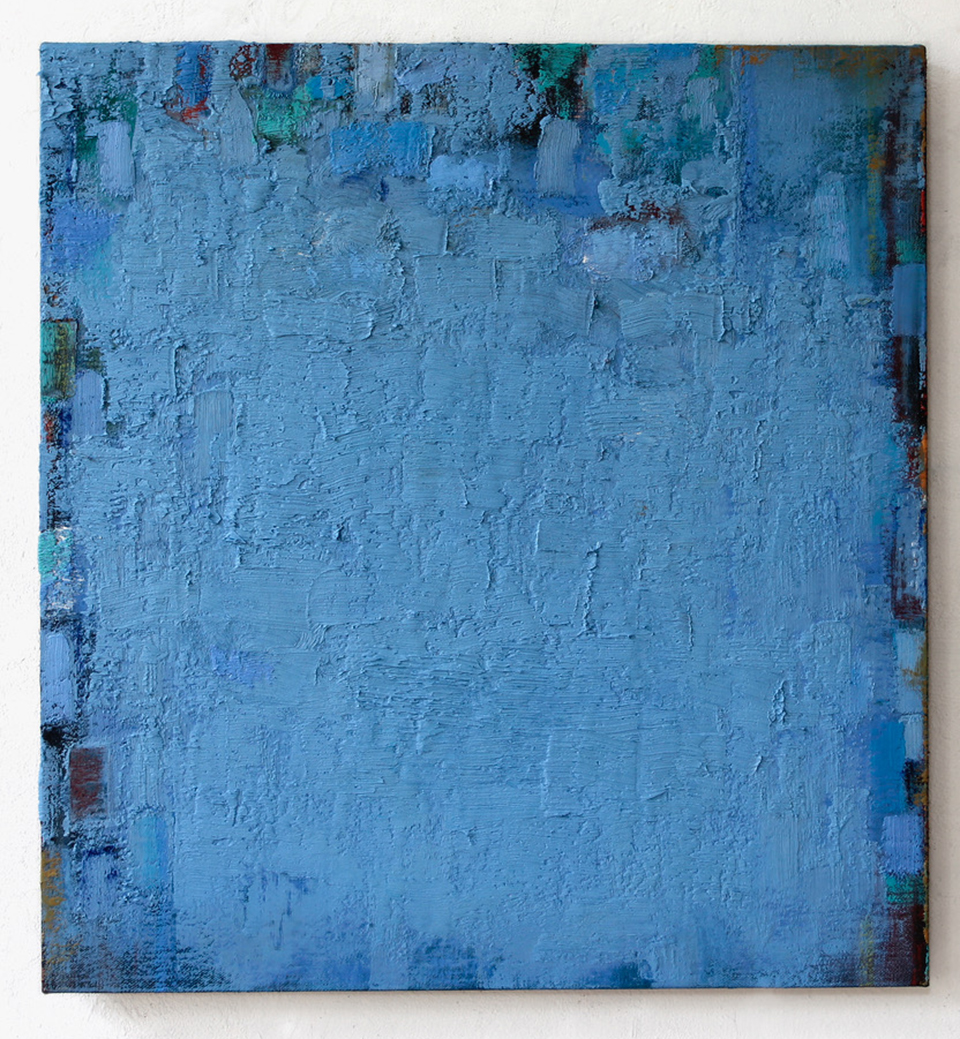
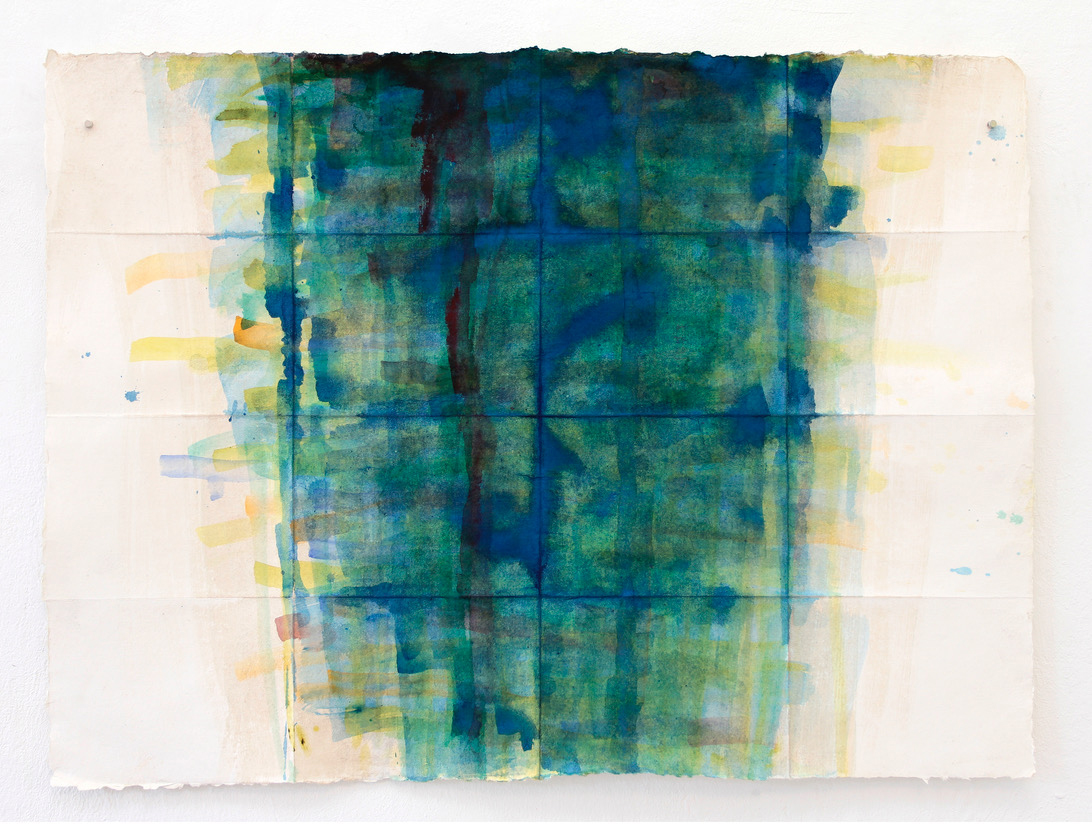
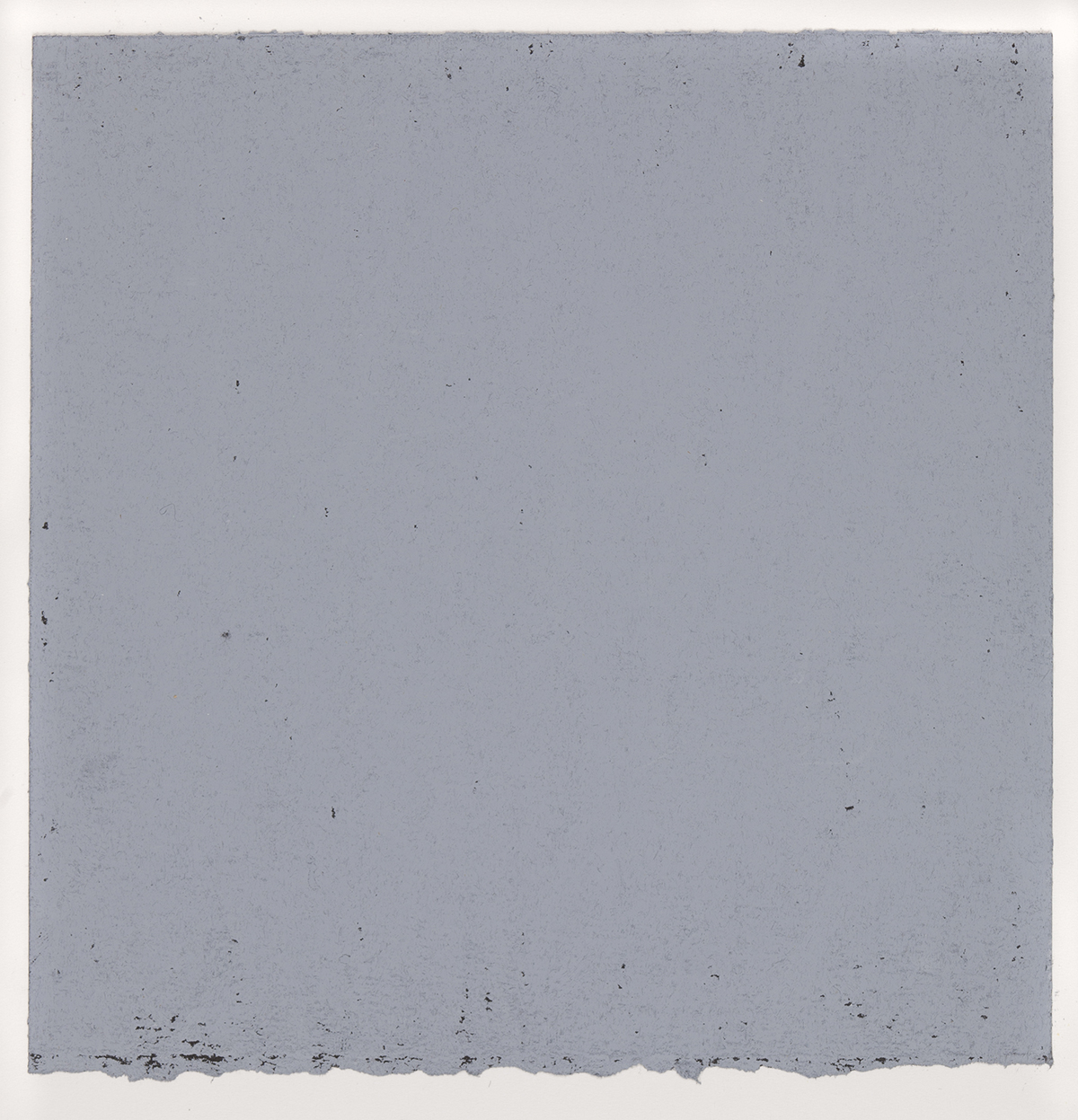
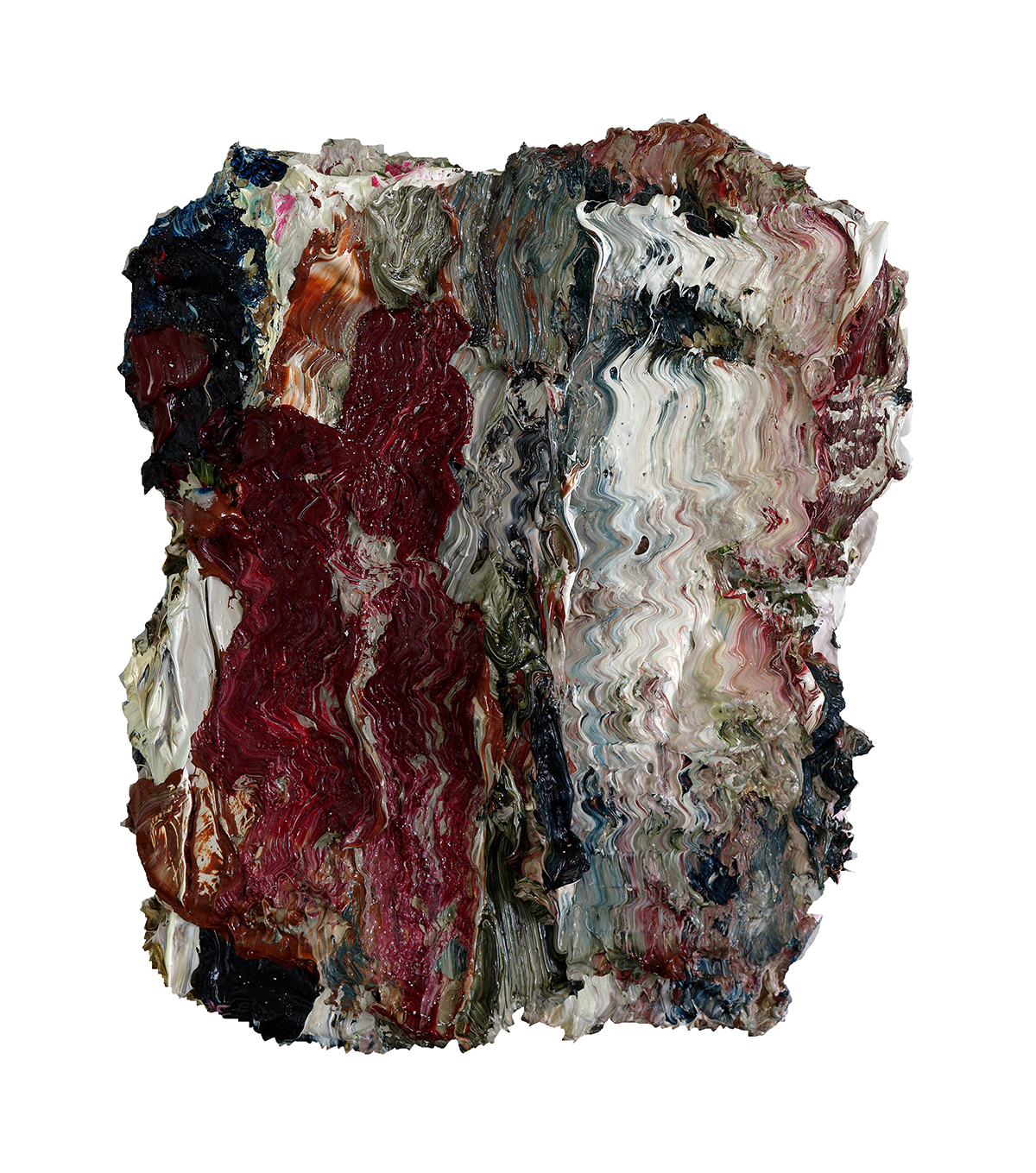
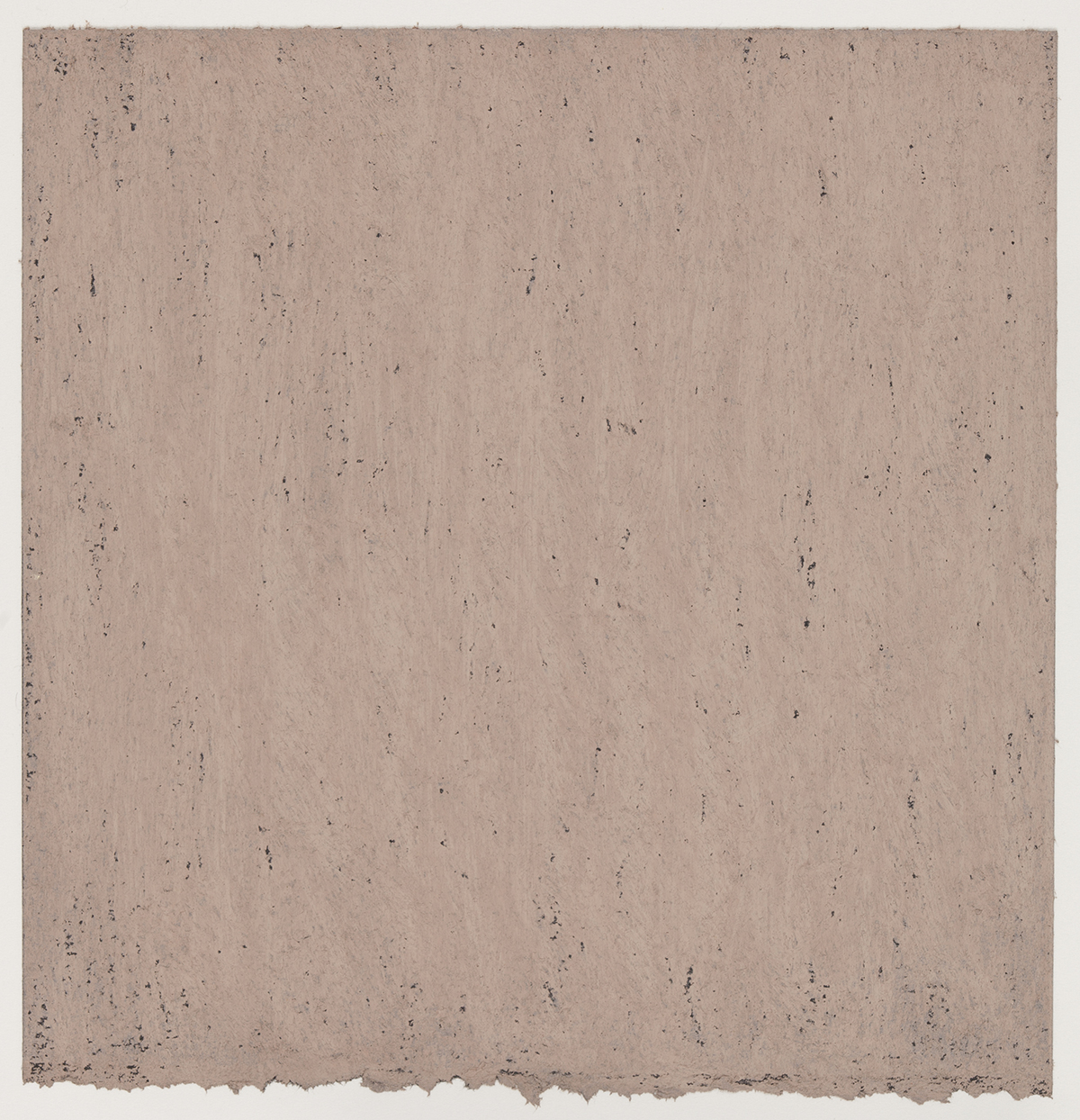
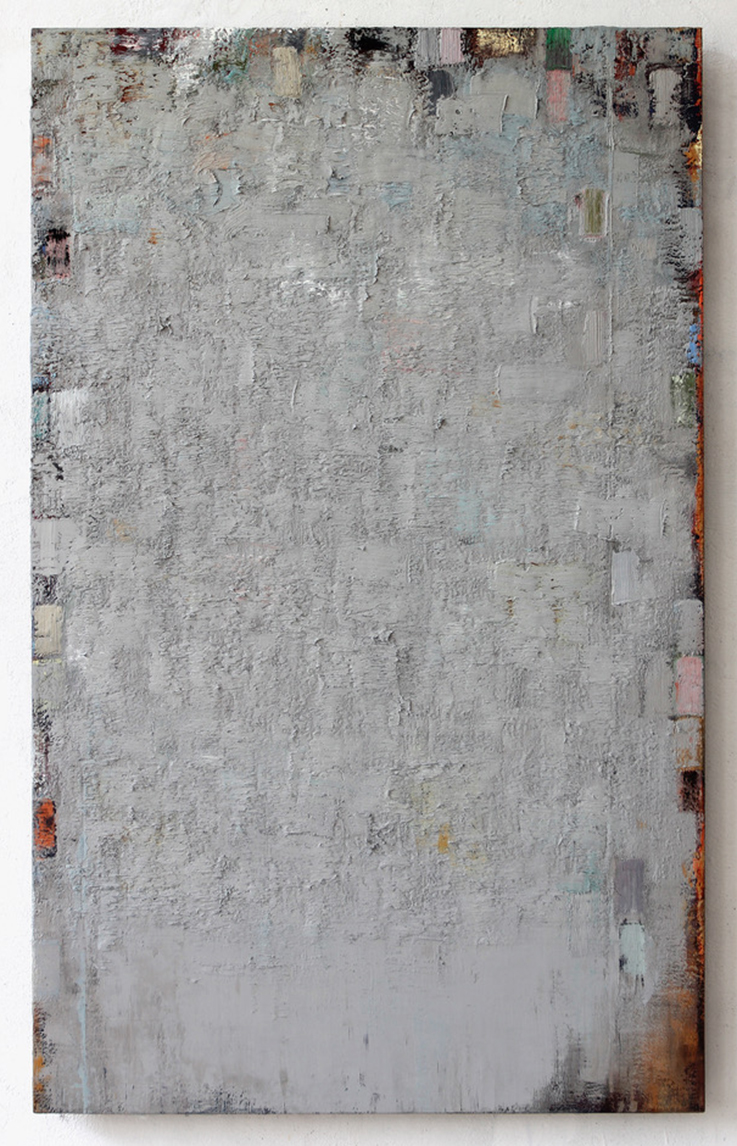
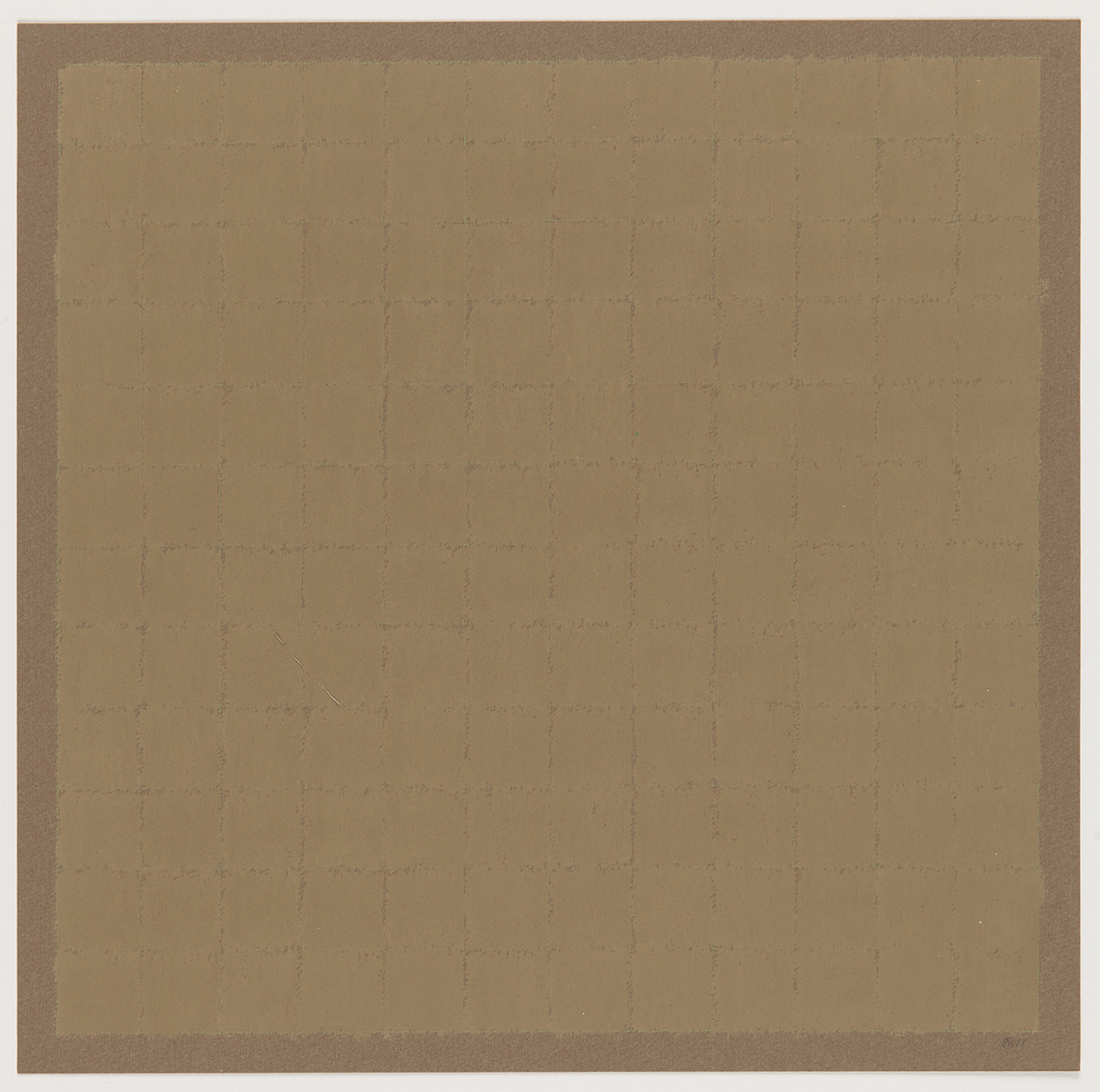
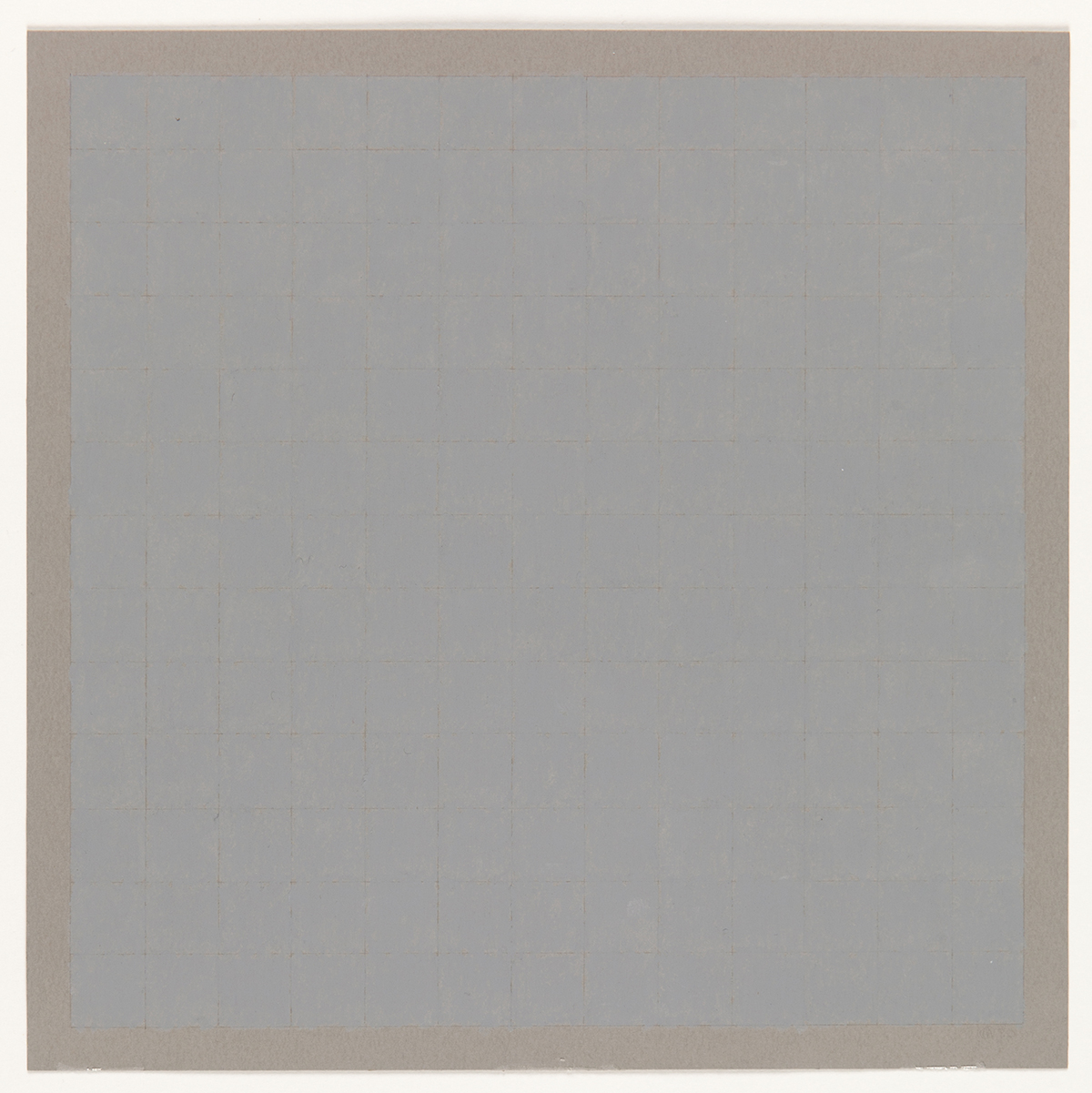
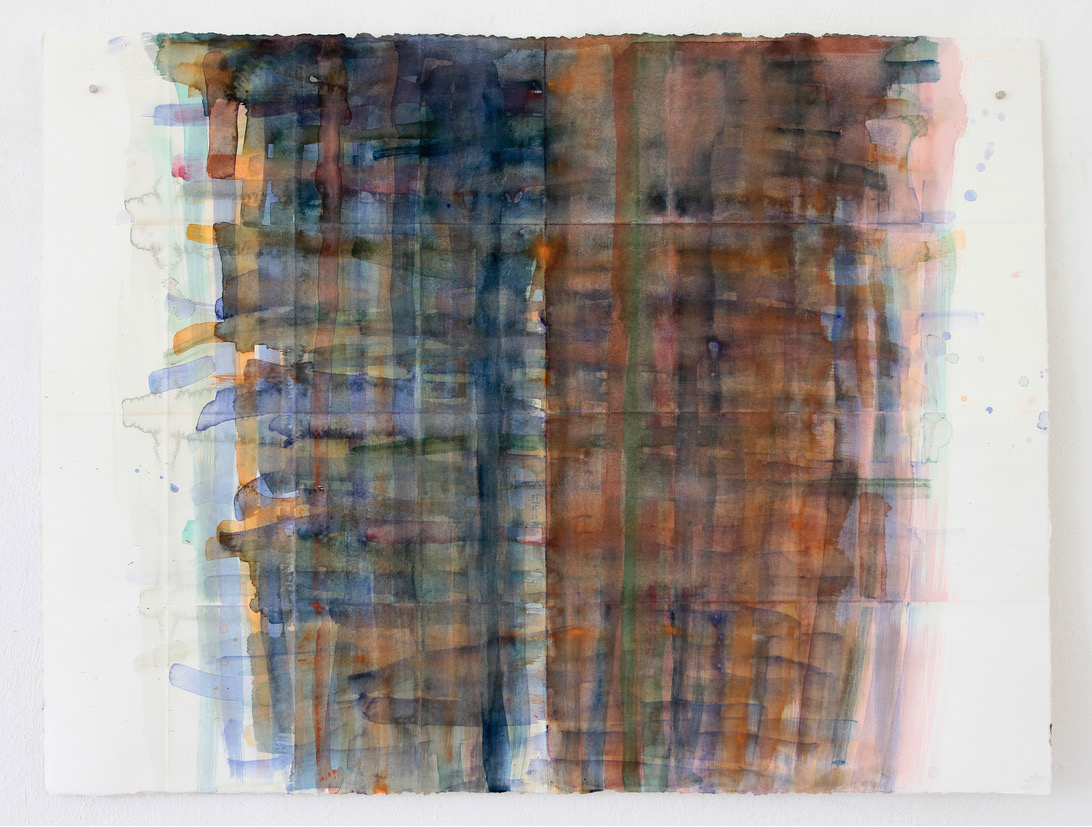
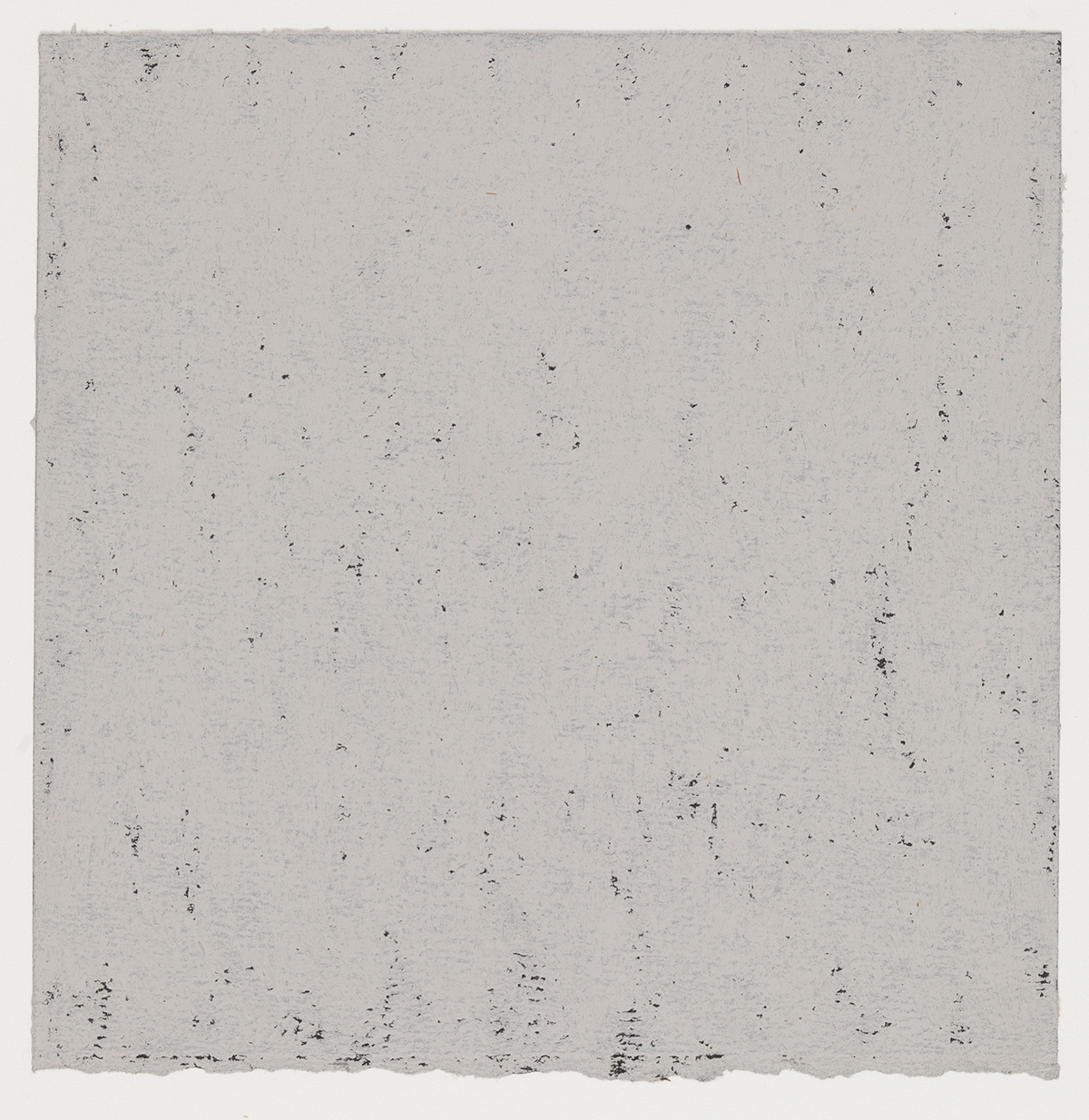
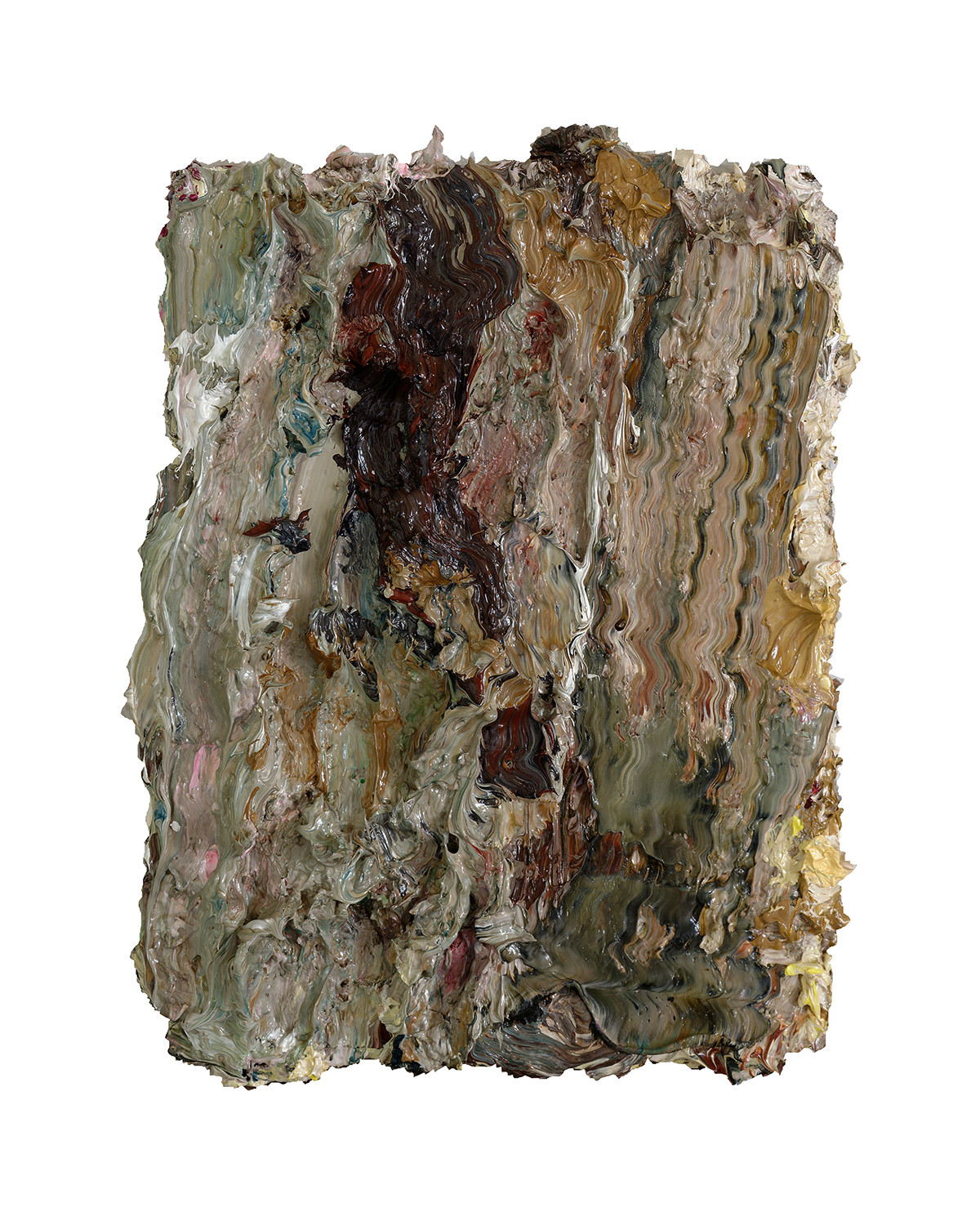
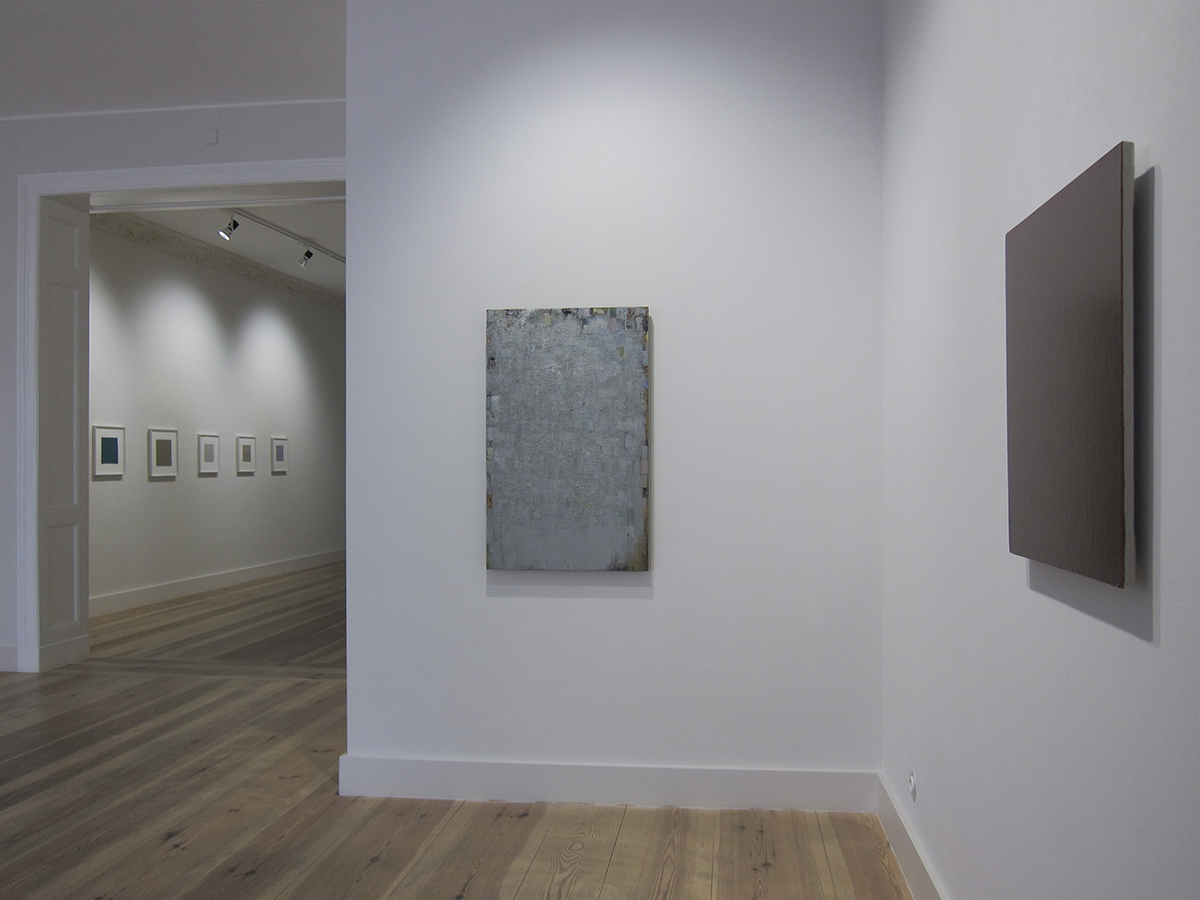
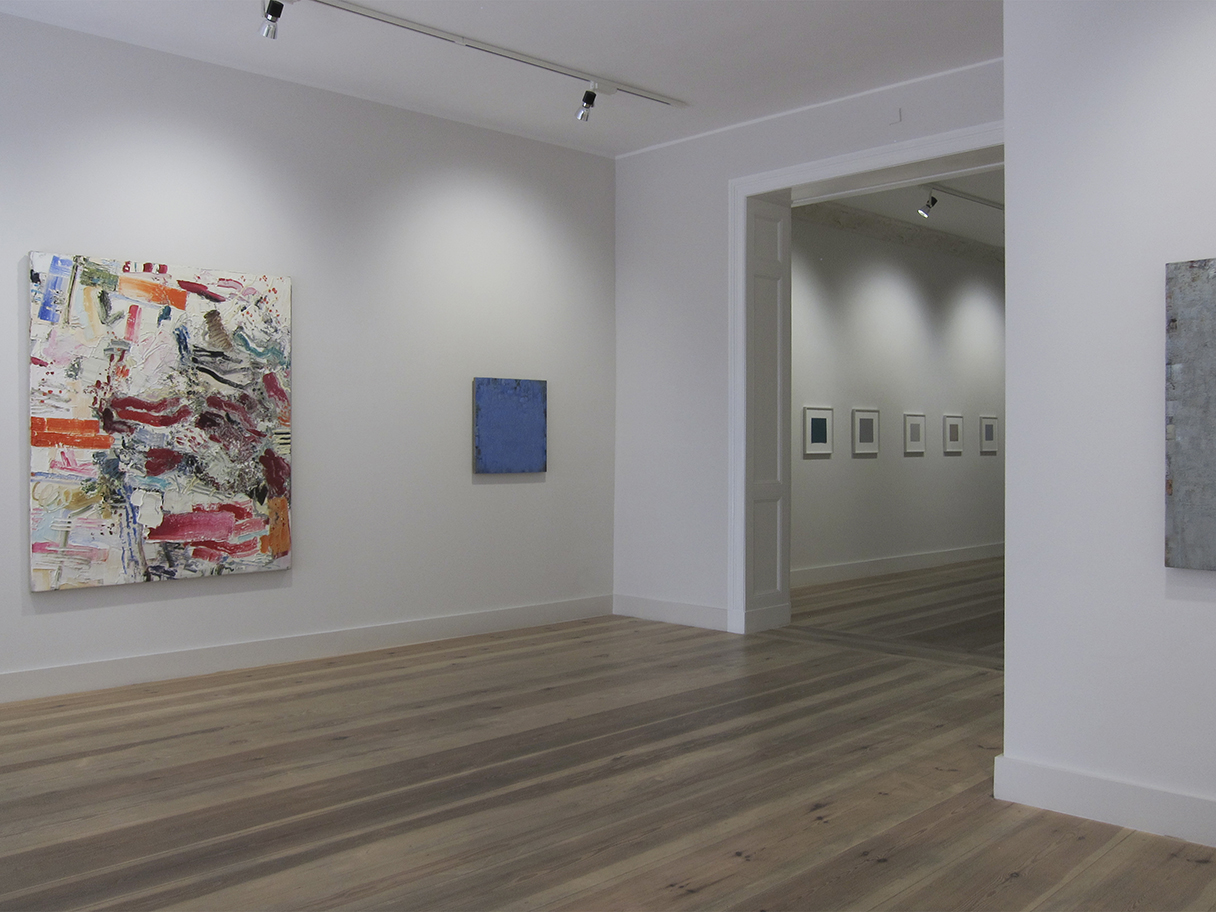
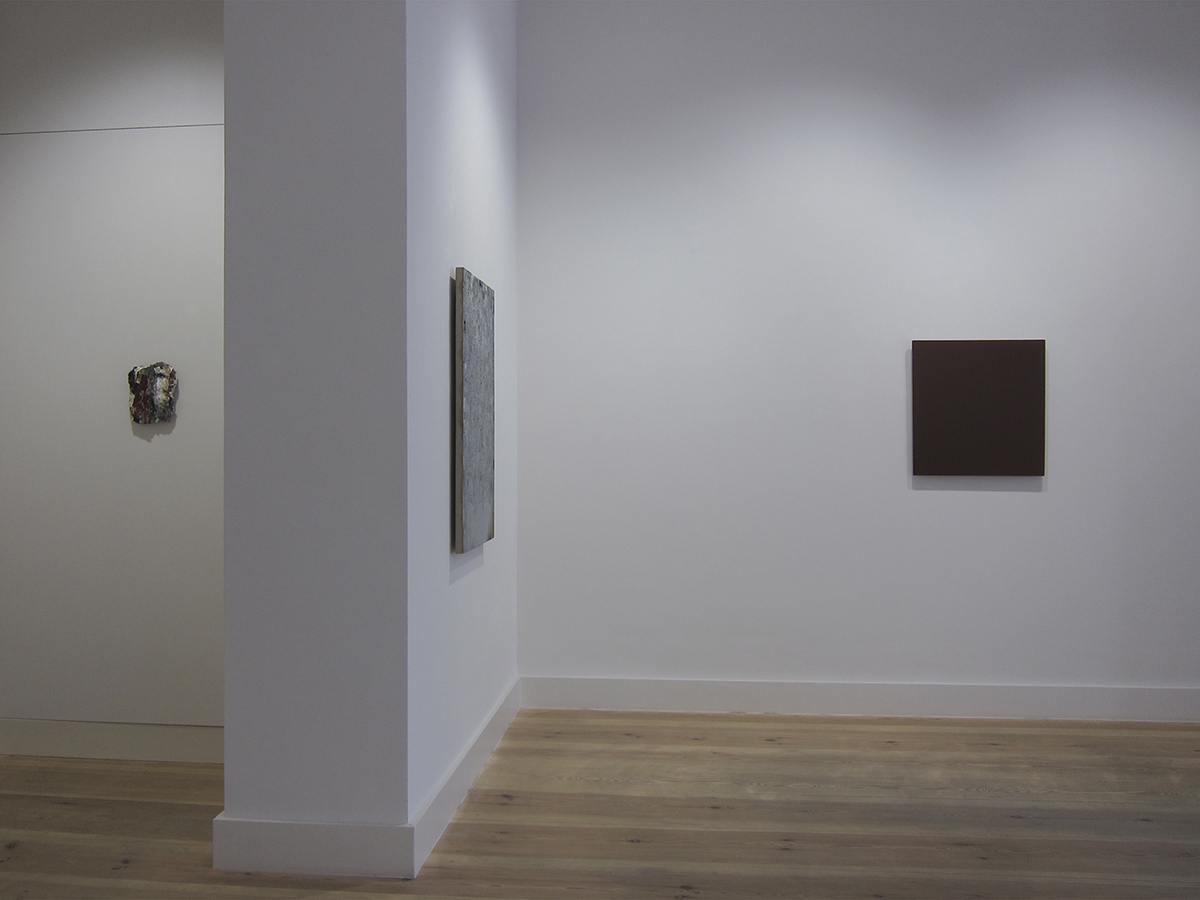
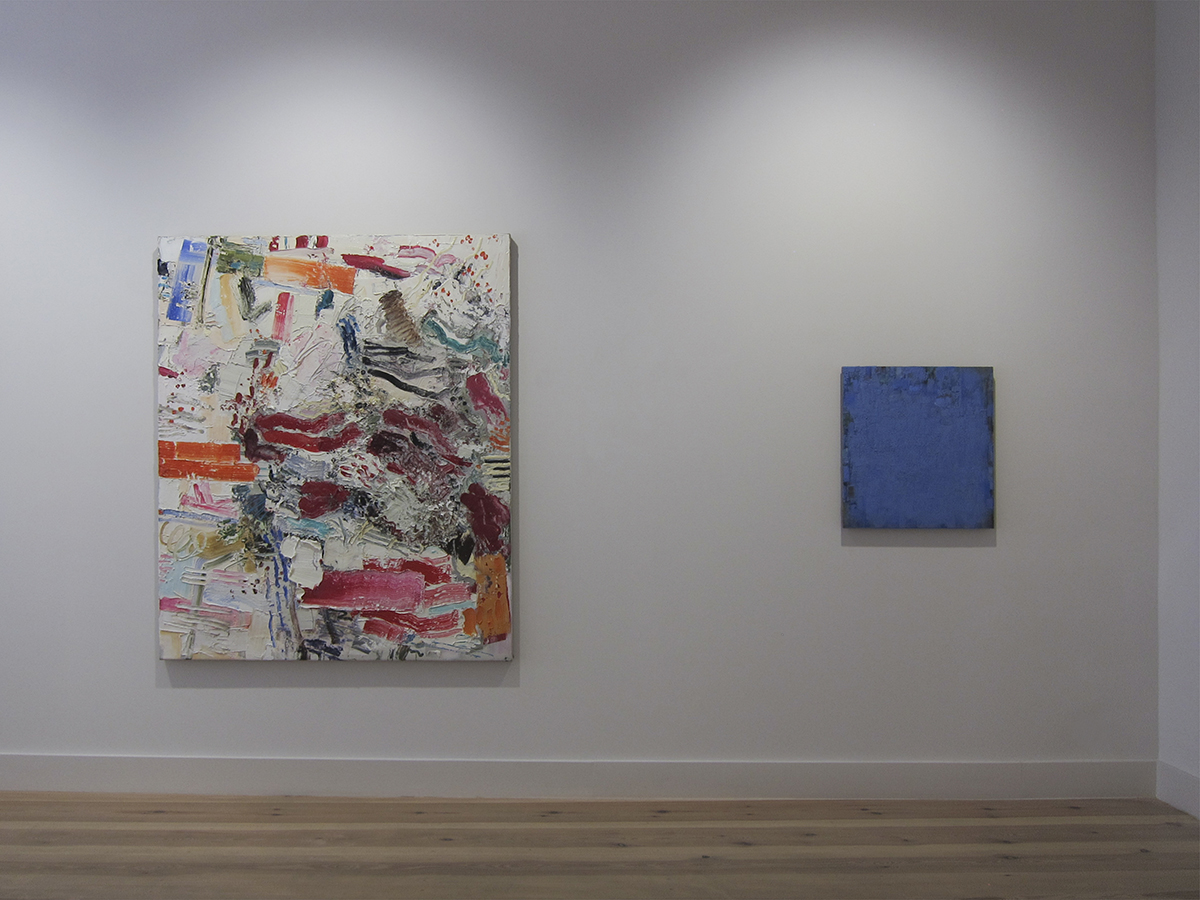
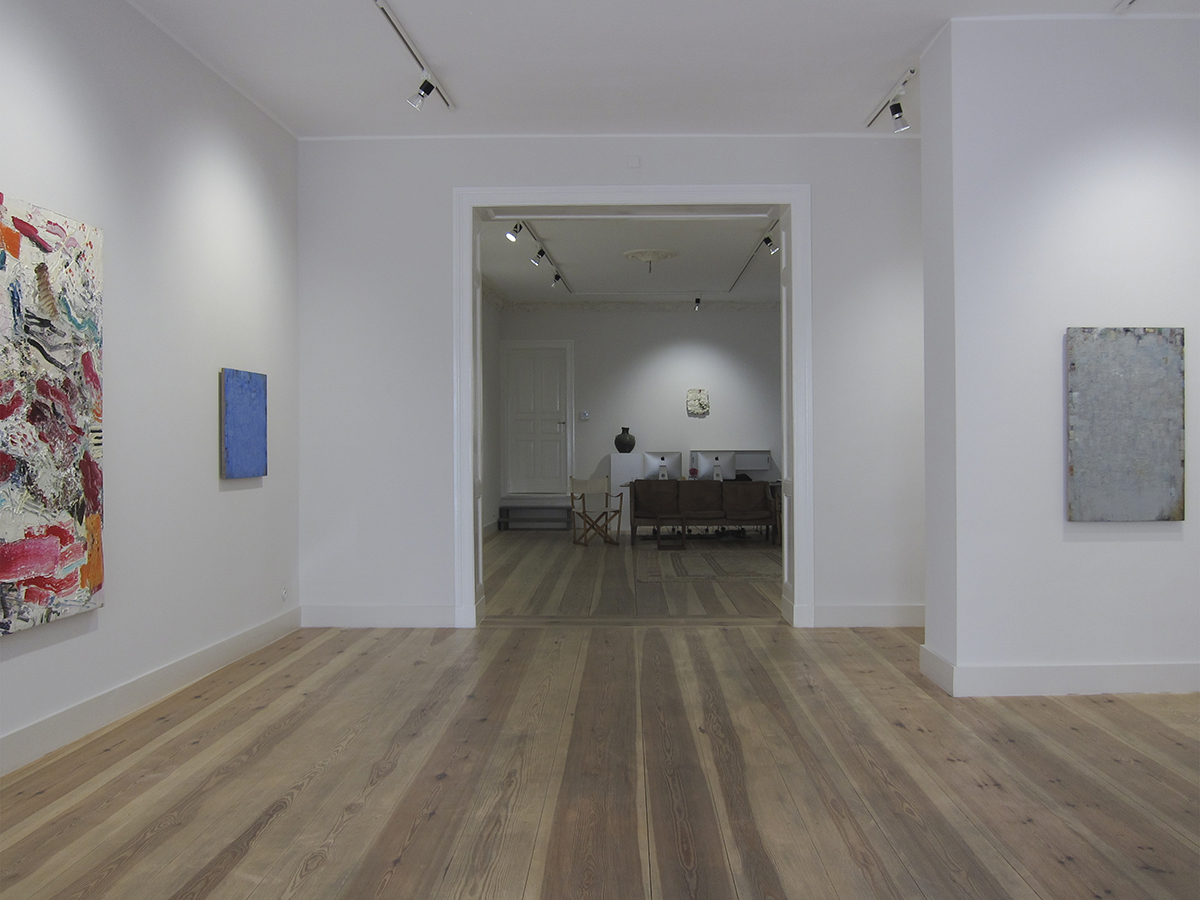
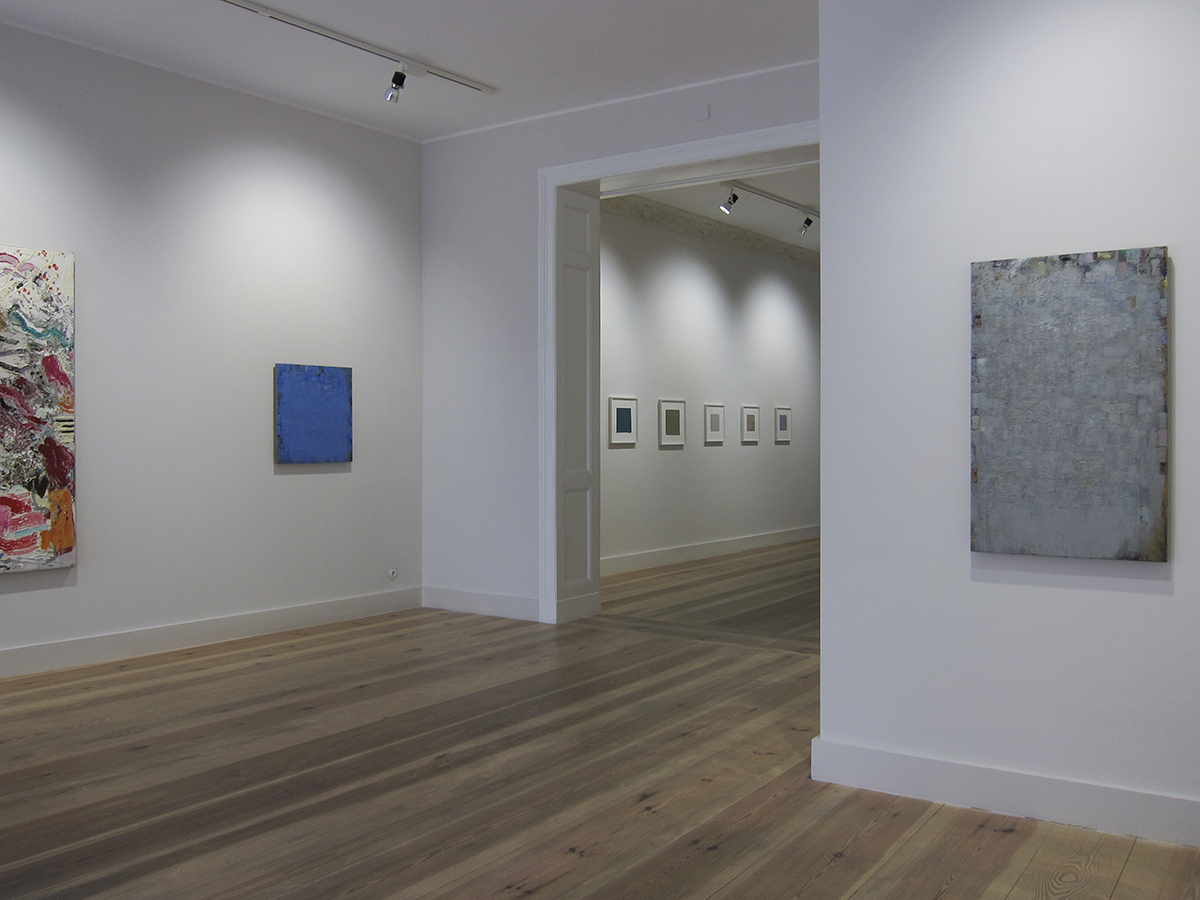
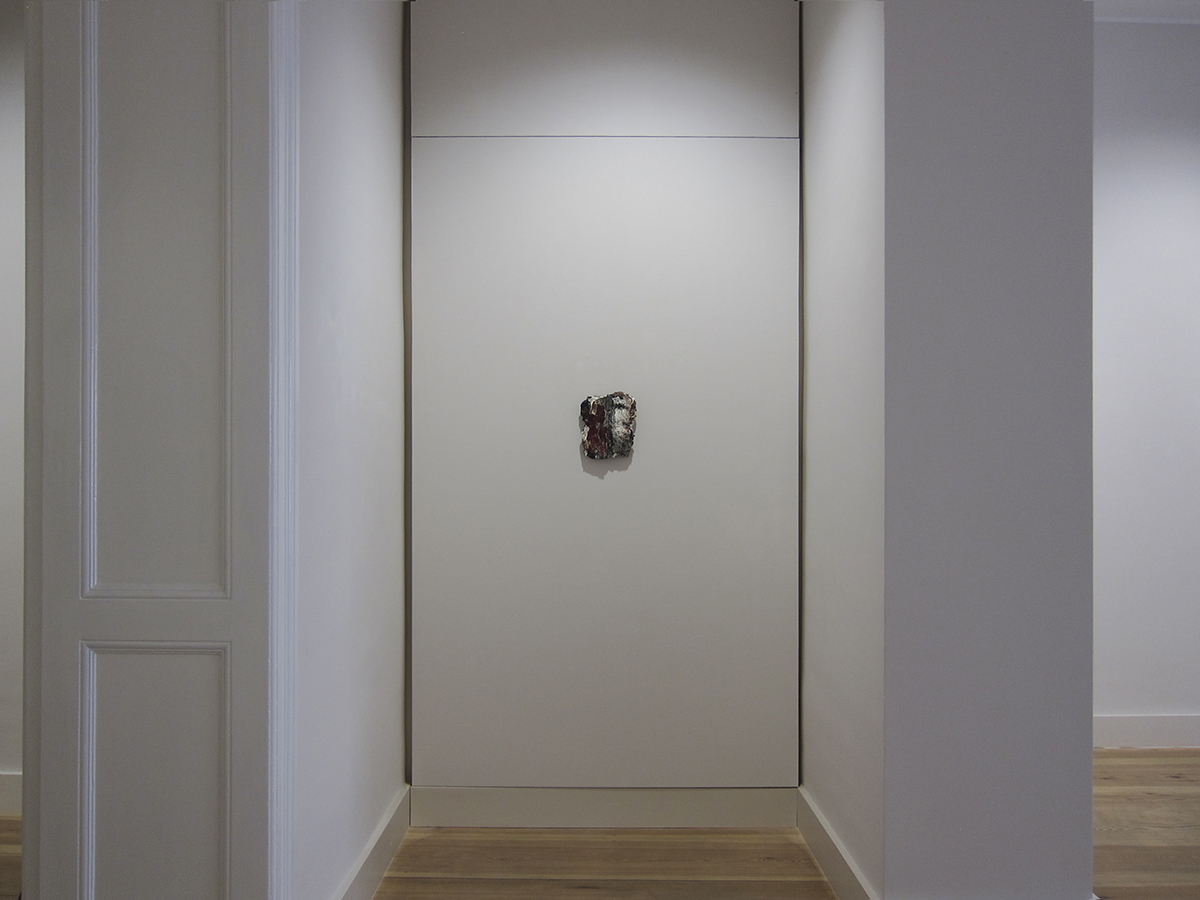
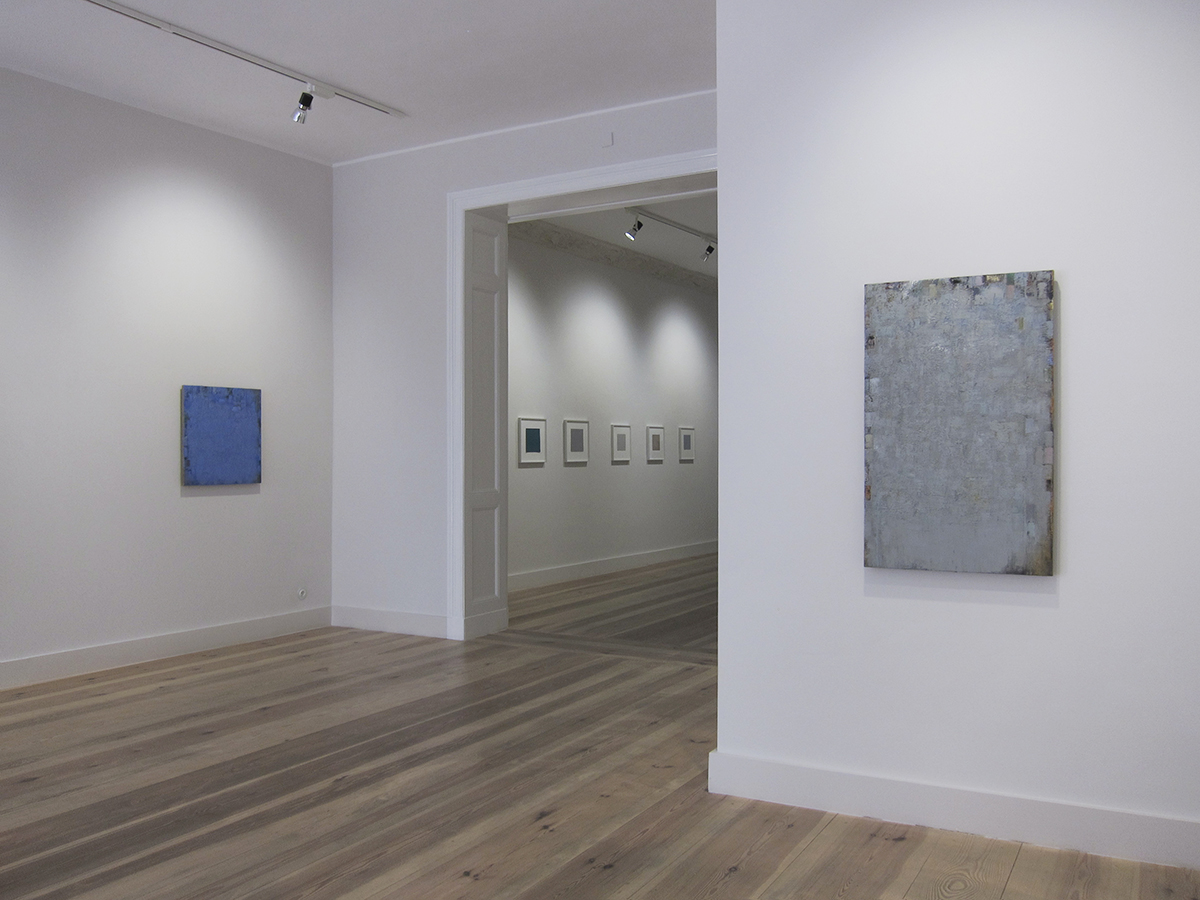
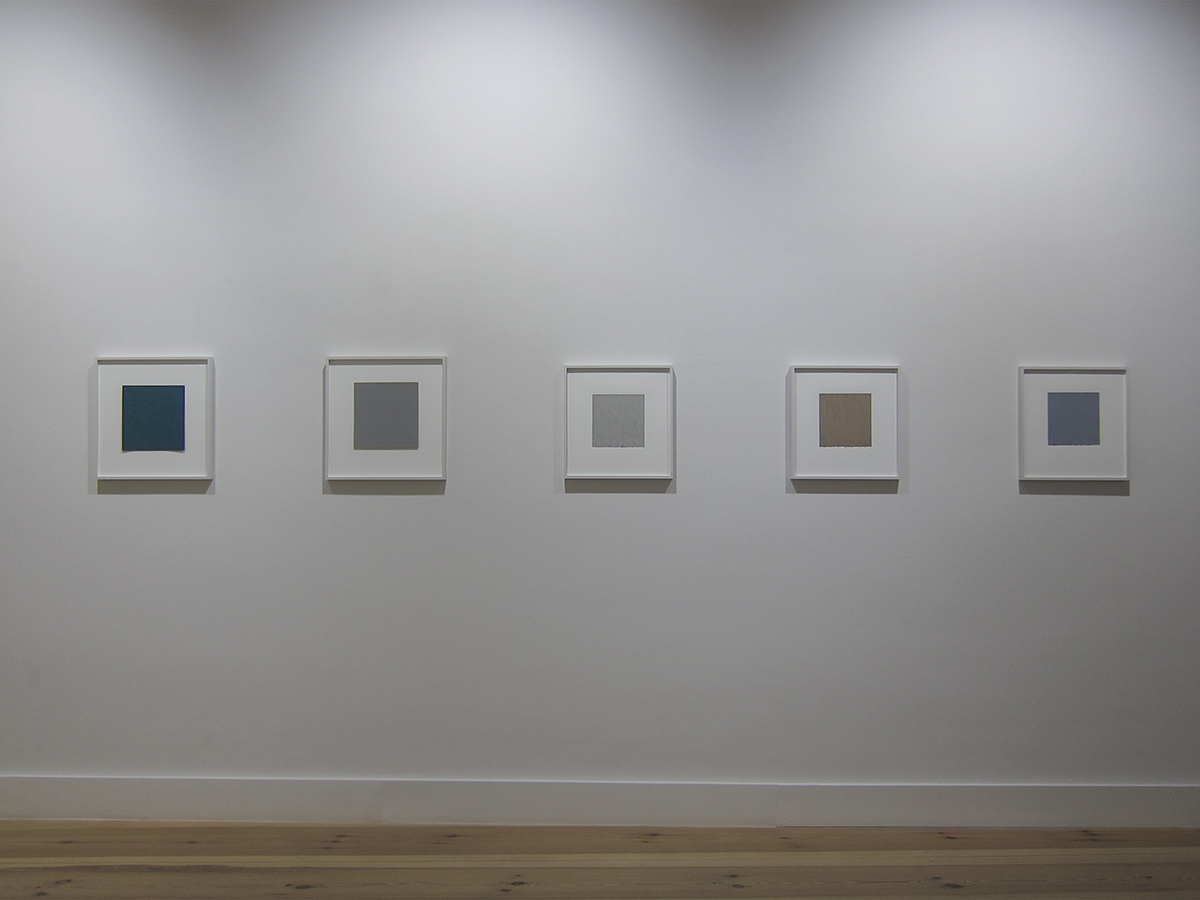
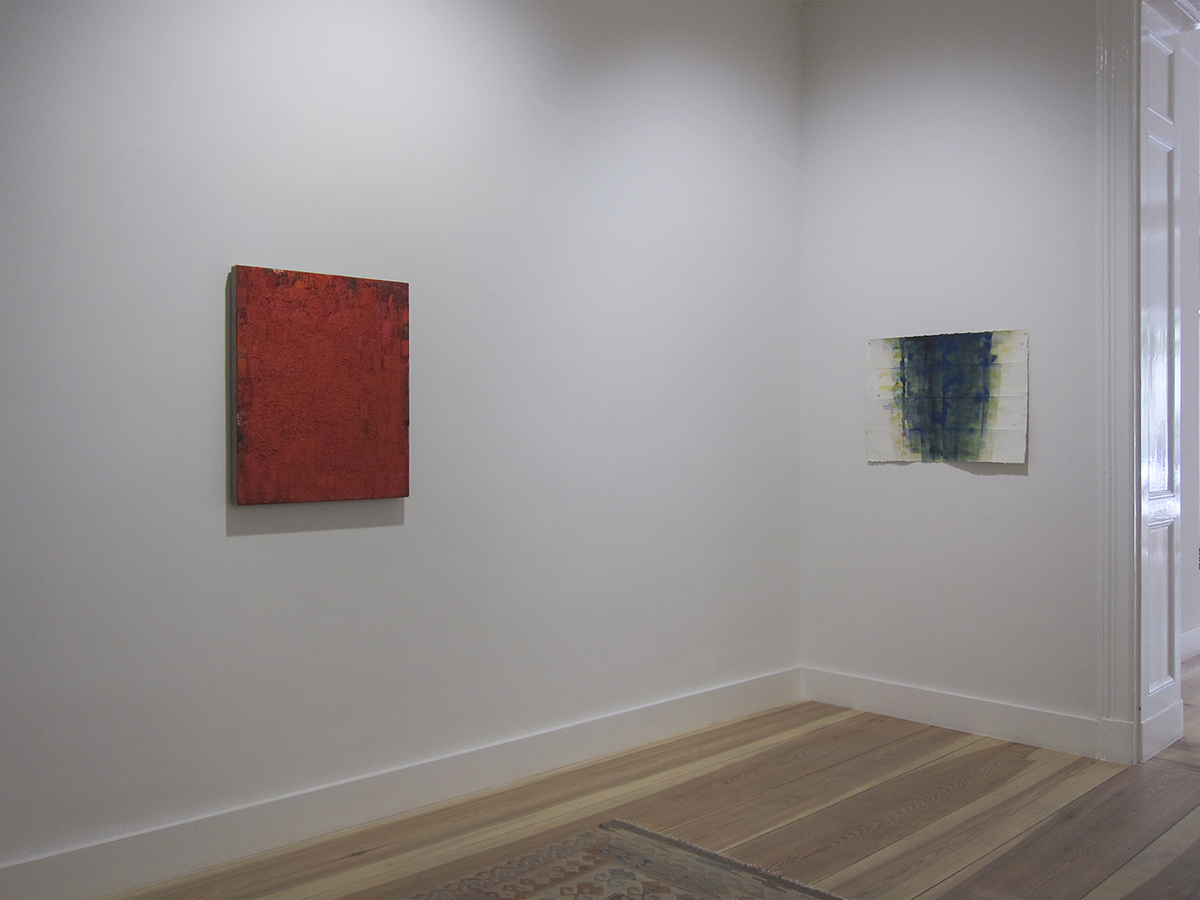
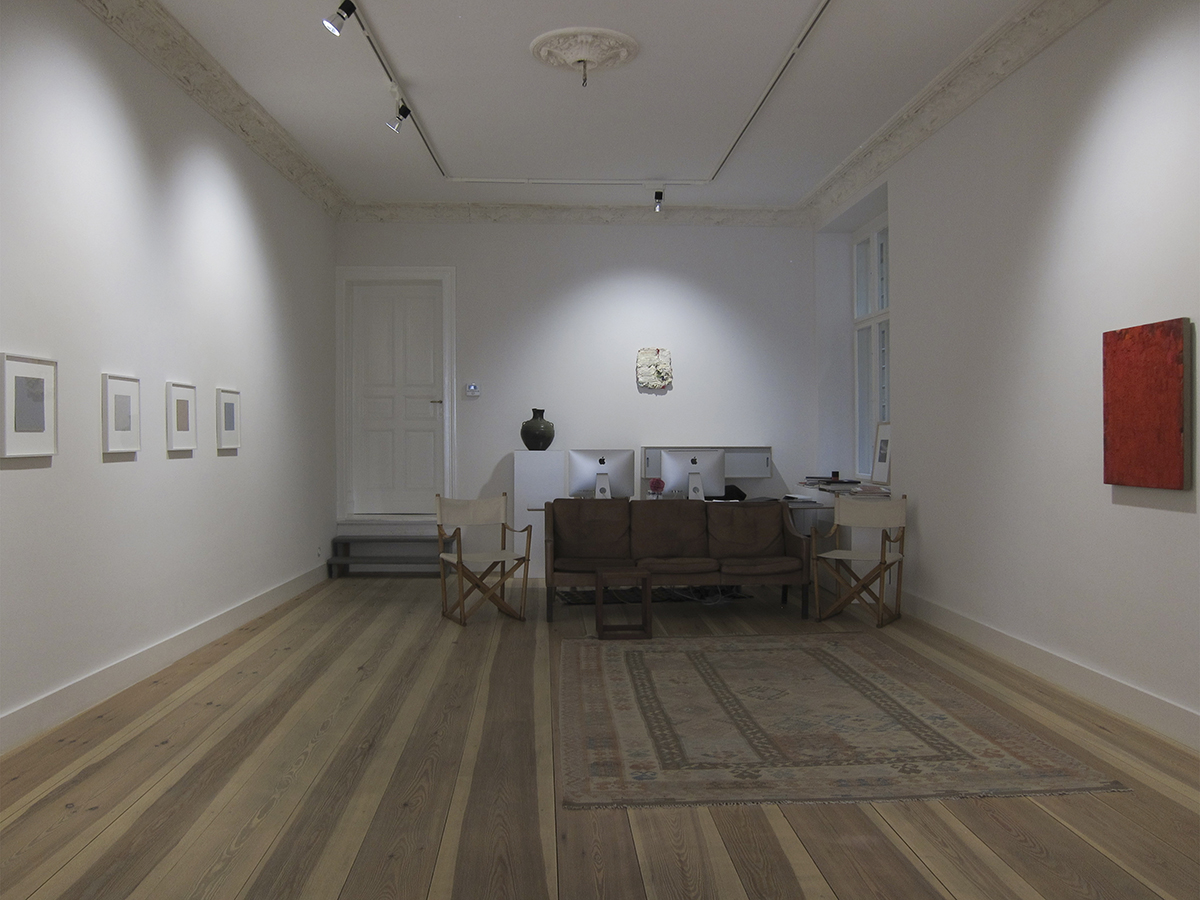
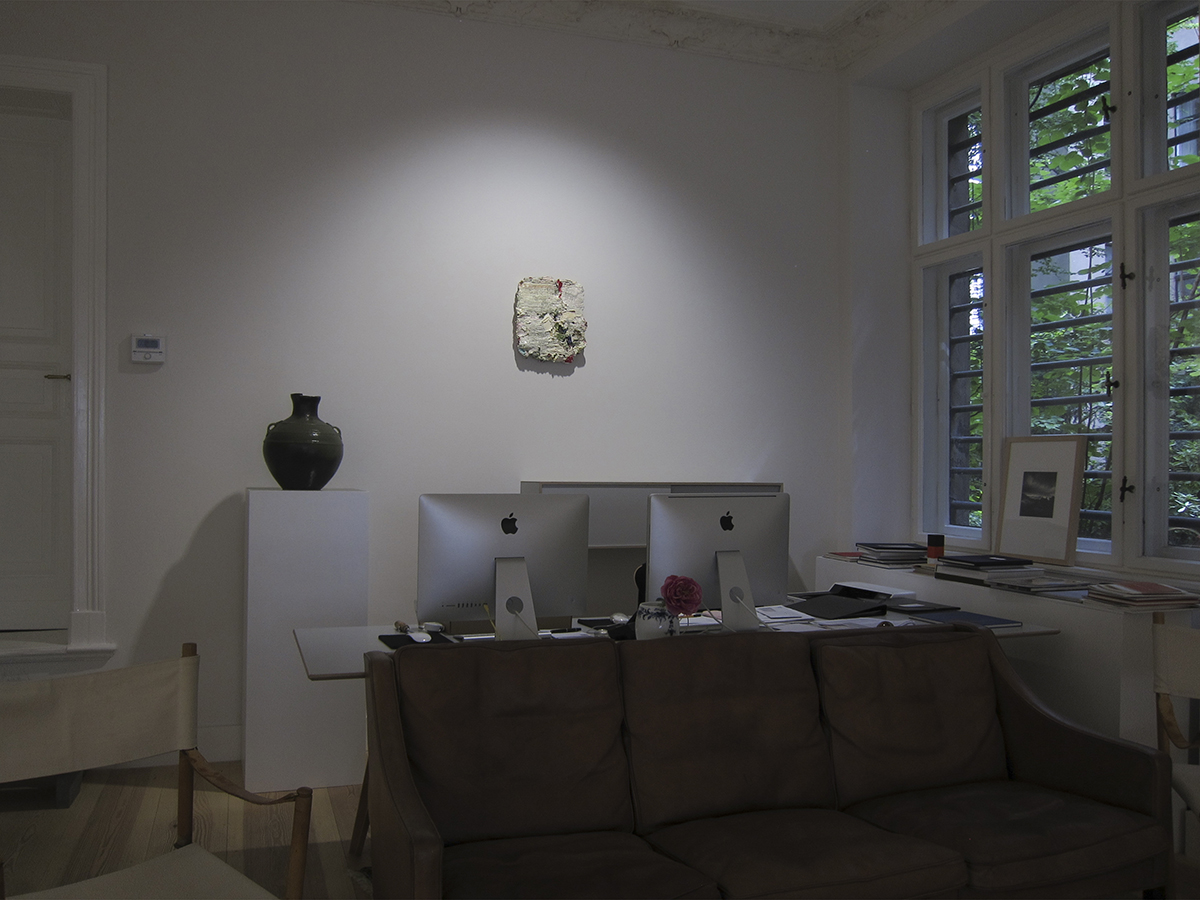
Joseph Marioni – Michael Toenges – Peter Tollens
Wie Musik für die Ohren, ist Farbe für die Augen das unmittelbar auf Sinnlichkeit und Gefühl Einwirkende. Wir sind Farben mehr oder weniger ausgeliefert. Manche Farben mögen wir, andere lehnen wir ab, aber was sie in uns erzeugen, können wir nicht beeinflussen. Farben werden mit vielerlei Bedeutung verbunden: Rot mit Liebe, aber auch mit dem Gegenteil, mit Zorn und Aggression. Rot zeigt Gefahr an oder Verbot. Blau verbinden wir mit Ruhe und Distanz. Es bringt Kühle und steht für den Verstand. Gelb ist Licht und Sonne, bedeutet aber auch Neid, Grün Sicherheit und Wohlbefinden, aber auch Gift, so lässt sich fortfahren. Was ist wesentlicher für die Malerei? Die Linie oder die Farbe? Die Darstellung von etwas Abstraktem oder Figurativem oder die Farbe allein? Beides greift ineinander über und lässt sich nicht voneinander trennen; und doch fällt der Farbe oftmals eine dienende, untergeordnete Rolle zu. Nicht sie, sondern die Darstellung spielt die Hauptrolle und nimmt die Aufmerksamkeit der Betrachter ein. Mit dem Impressionismus ändert sich das. Die Abhängigkeit der Farbe vom Licht wird Thema der Malerei. Die Darstellung tritt zurück und überlässt der Farbe das Feld. Monet malt das gleiche Motiv bei wechselndem Tageslicht, nur der Farbe wegen, um ihre jeweilige Veränderung festzuhalten. Der Schritt ist nicht weit, Farbe und Darstellung ganz voneinander zu trennen.
Die Maler Joseph Marioni, Peter Tollens und Michael Toenges machen Farbe allein zum Thema ihrer Malerei und gewinnen sie in ihrer ganzen Sinnlichkeit zurück. Farbe ist Material, sie ist haptisch, sie steht in Relation mit ihrer Umgebung, mit den Farben neben ihr, den Farbschichten neben oder unter ihr und den Lichverhälnissen. Sie verändert sich ständig und ist man bereit, ihr allein Aufmerksamkeit zu schenken, kann sie uns ebenso viel sagen wie ein darstellendes Bild.
Joseph Marioni (*1943 Cicinnati, Ohio, USA) zählt zu den bekanntesten Vertretern der Farbmalerei. Neben Einzelausstellungen in Museen und Galerien weltweit wurden seine Bilder in wichtigen Gruppenausstellungen gezeigt, u.a. 2002 in «Claude Monet … up to digital imoressionism», Fondation Beyeler Basel, 2010 «Alberto Giocometti -Der Ursprung des Raums», Kunstmuseum Wolfsburg, «Noli mi tangere!, KolumbaMuseum Köln. Bekannt sind seine Malereien auf Leinwand, unabhängig davonentstand über die Jahre hinweg ein umfangreiches Werk auf Papier, das bisher kaumgezeigt wurde. Wir legen in der Ausstellung den Focus darauf und zeigen nebeneinem Bild aus jüngerer Zeit sechs Arbeiten auf Papier aus den Jahren 1977 und1982.
Michael Toenges (*1952, Pfaffenhofen/Ilm, Germany) lebt und arbeitet in Köln. Seine Arbeiten werden in Deutschland, Japan, in der Schweiz und den USA ausgestellt. Sie befinden sich in privaten und öffentlichen Sammlungen, u.a. dem Museum Wiesbaden und dem Kolumba Museum Köln.
Peter Tollens (*1954 Kleve) lebt und arbeitet in Köln. Seine Arbeiten werden in Einzel- und Gruppenausstellungen in Europa und den USA gezeigt und befinden sich in öffentlichen und privaten Sammlungen, darunter dem Kolumba Museum Köln, der Ege Kunst- und Kulturstiftung, Freiburg i.Br., des Albright Knox Museum, Buffalo, des Berkeley Art Museum, Berkeley jeweils USA, des Karl-Ernst Osthaus Museum, Hagen und der Sammlung Mondstudio, Bad Homburg.
Like music for the ears, colour is for the eyes that which directly affects sensuality and emotions. We are more or less at the mercy of colours. Some colours we like, others we refuse, but we cannot influence what they trigger in us. Colours are associated with numerous meanings: red with love, but also with the opposite, with anger and aggression. Red indicates danger, or a prohibition. We associate blue with quiet and distance. It signals coolness and stands for reason. Yellow is light and the sun, but also signifies envy, green means security and well-being, but also poison. We could go on. But what is more important for painting – colour or line? The representation of something abstract or figurative, or colour alone? Both are intertwined and cannot be separated; and yet colour often plays a serving, subservient role. It does not play the main role – that is left to the representation, which attracts the beholder’s main attention. This changes with impressionism. The dependence of colour on light becomes the subject of painting. The representation takes a step back and leaves the field to colour. Monet paints the same motif with different kinds of daylight, just because of the colour, to capture its various changes. From there, the step to divide colour and representation completely is not a big one.
The painters Joseph Marioni, Michael Toenges and Peter Tollens have made colour alone the subject of their paintings, imbuing it with all its sensuality. Colour and paint are their material, paint is haptic, it has a relationship to its environment, the layers of paint next to or underneath, and to the conditions of light. Colour and paint always change and if we are ready to give our entire attention to them, they can tell us just as much as a figurative painting.
Joseph Marioni (born in 1943 in Cicinnati, Ohio, USA) belongs to the best-known representatives of colour painting. In addition to solo shows in museums and galleries throughout the world, including in 2002 in Claude Monet … up to Digital Impressionism at Fondation Beyeler Basel, Alberto Giacometti – Der Ursprung des Raums at Kunstmuseum Wolfsburg, and Noli mi tangere! at the Kolumba Museum in Cologne. His paintings on canvas are well-known, but in addition he has also been working on large oeuvre on paper over the years which so far has only rarely be shown publicly. In our exhibition, we focus on this, presenting six works on paper from between 1977 and 1982, as well as a more recent painting.
Michael Toenges (born in 1952 in Pfaffenhofen/Ilm, Germany) lives and works in Cologne. His works have been exhibited in Germany, the United States, Japan, and Switzerland and are collected by public and private collections, among them the Museum Wiesbaden and the Kolumba Museum Cologne.
Peter Tollens (born in 1954 in Kleve) lives and works in Cologne. His works have been shown in solo and group exhibitions in Europe and the U.S., and are part of numerous public and private collections, including the Kolumba Museum in Cologne, the Ege Kunst- und Kulturstiftung in Freiburgi.Br., the Albright Knox Museum in Buffalo, the Berkeley Art Museum, Berkeley, the Karl-Ernst Osthaus Museum in Hagen and the Sammlung Mondstudio in Bad Homburg.